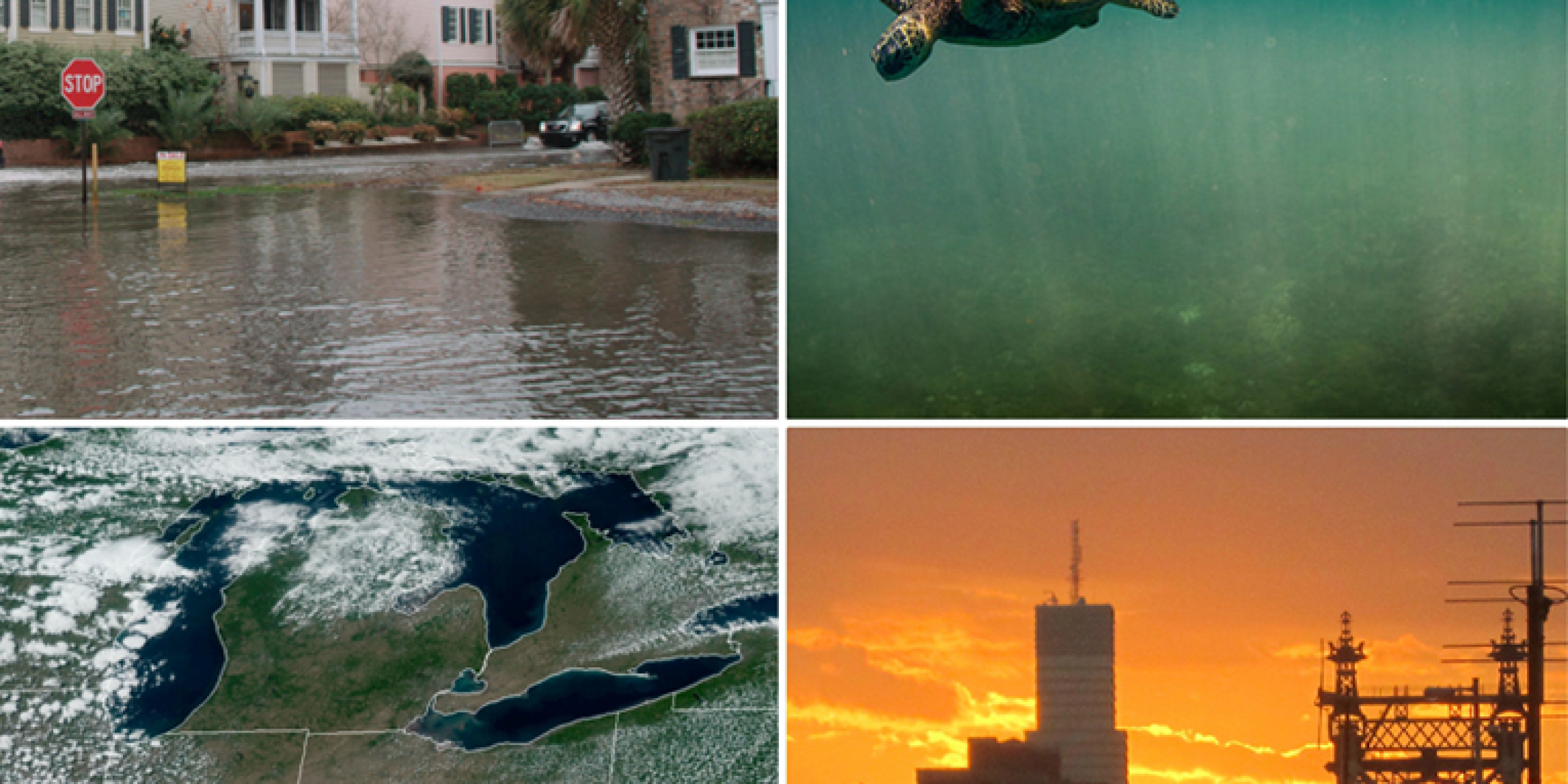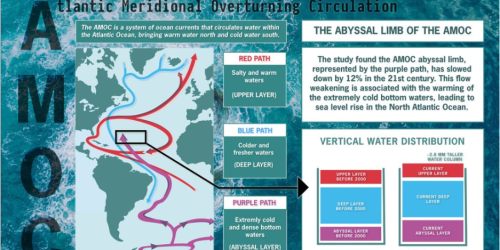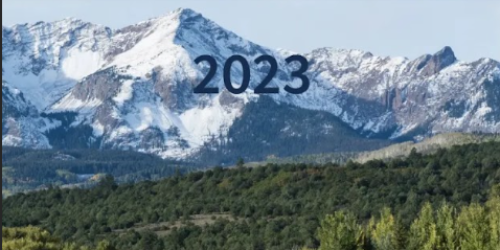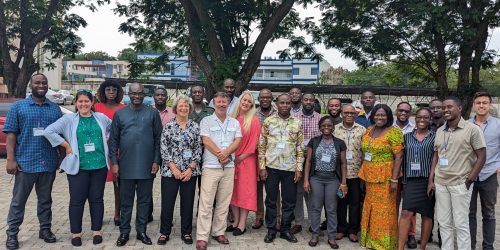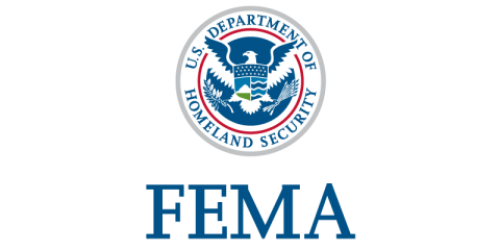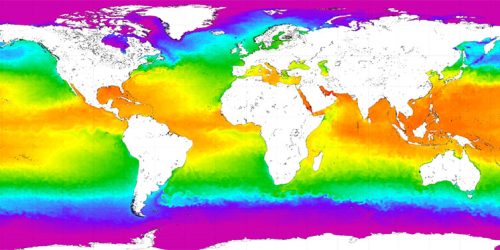

Increased flooding, warming ocean temperatures, fluctuating lake levels, and more frequent heat waves—these are just some of the impacts communities across the country are facing as people from every U.S. region and economic sector turn to NOAA for actionable climate information.
Addressing Americans’ most pressing climate challenges requires collaborative approaches involving subject matter experts from different professional domains. That’s why NOAA’s Climate Program Office (CPO) is piloting a strategic effort to enhance its investments and improve our nation’s resilience with user-driven solutions.
Today, CPO publicly announced a new integrative and interdisciplinary initiative that will apply its core capabilities and align investments with partners in a set of four climate-related risk areas that are societally important:
Coastal Inundation
Marine Ecosystems
Water Resources
Extreme Heat
The four climate risk areas that CPO is focusing on through this new initiative. CPO formed teams to develop collaborative proposals that target specific stakeholders’ needs in each climate risk area. Click each topic to learn more about the four climate risk area proposals.
The Climate Risk Areas Initiative aims to create more cohesion across CPO’s climate and decision science programs, while strengthening partnerships inside and outside of NOAA, to ultimately help advance climate science understanding and reduce impacts.
“As threats to our physical, social, and economic well-being rise, climate science increasingly needs to deliver on decision-maker needs at multiple geographic and time scales,” said CPO Director Wayne Higgins. “This initiative advances NOAA’s key priorities to minimize the impacts of extreme weather and water events, and increase the sustainable contributions of our fisheries and oceans.”
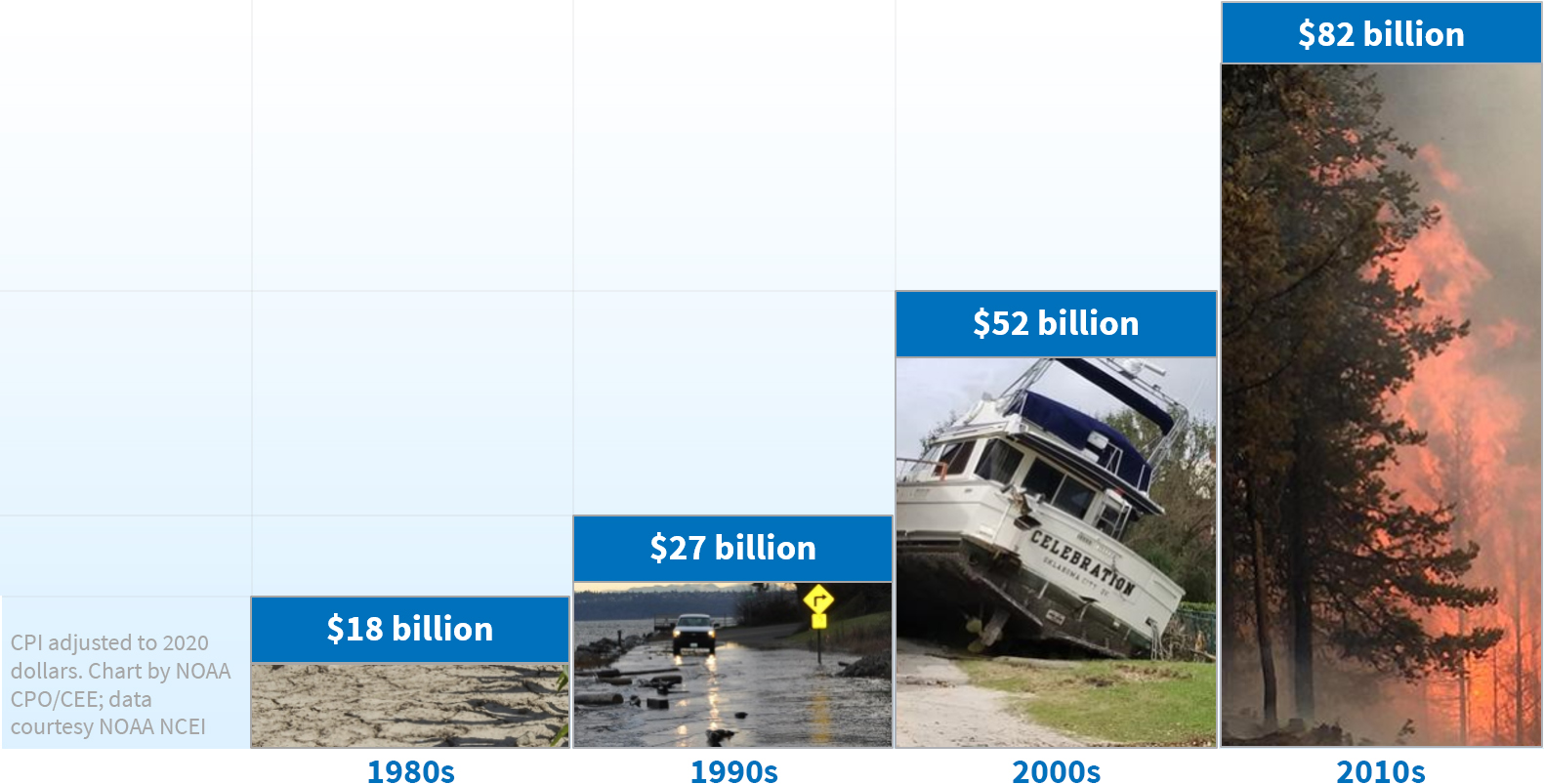

In 2019, CPO formed a strategy team to determine the initial set of risk areas. The team identified 18 criteria, based on information from the National Climate Assessment and other literature as well as whether the climate risk aligns with NOAA’s mission statement and NOAA Research’s priorities. Using a scoring and ranking approach, the team selected the top four initial areas from a wide range of possible climate risks.
“Our resources—expertise, time, and research dollars—need to be focused on those climate issues that are most important for our nation,” said CPO Deputy Director Ben DeAngelo. “Coastal inundation, marine ecosystems, water resources, and extreme heat are the ones that rise to the top for which we’re well-positioned to address. Each of these areas maps to NOAA’s science and stewardship missions.”
Last year, CPO formed teams to develop collaborative proposals that target specific stakeholders’ needs in each selected climate risk area. Over months of deliberation, the teams worked across CPO’s programs, incorporating input from NOAA and non-NOAA partners as well as stakeholders to develop their proposals.
Following review and approval from CPO Leadership, the risk area teams have begun to transition their proposals to project plans. This summer, the teams will continue to refine their plans, with a goal of formally implementing them in Fiscal Year 2021. More details about each project plan will be published on the CPO website later this year.
“With this initiative, CPO is seeking to reset its priorities and operations, advance foundational science, and inform decision making in these four risk areas through its competitive grants and targeted projects with key partners,” said DeAngelo. “Focusing on key climate-related risk areas ensures that we are targeting the threats that pose the greatest challenges for the United States and for NOAA’s mission.”


